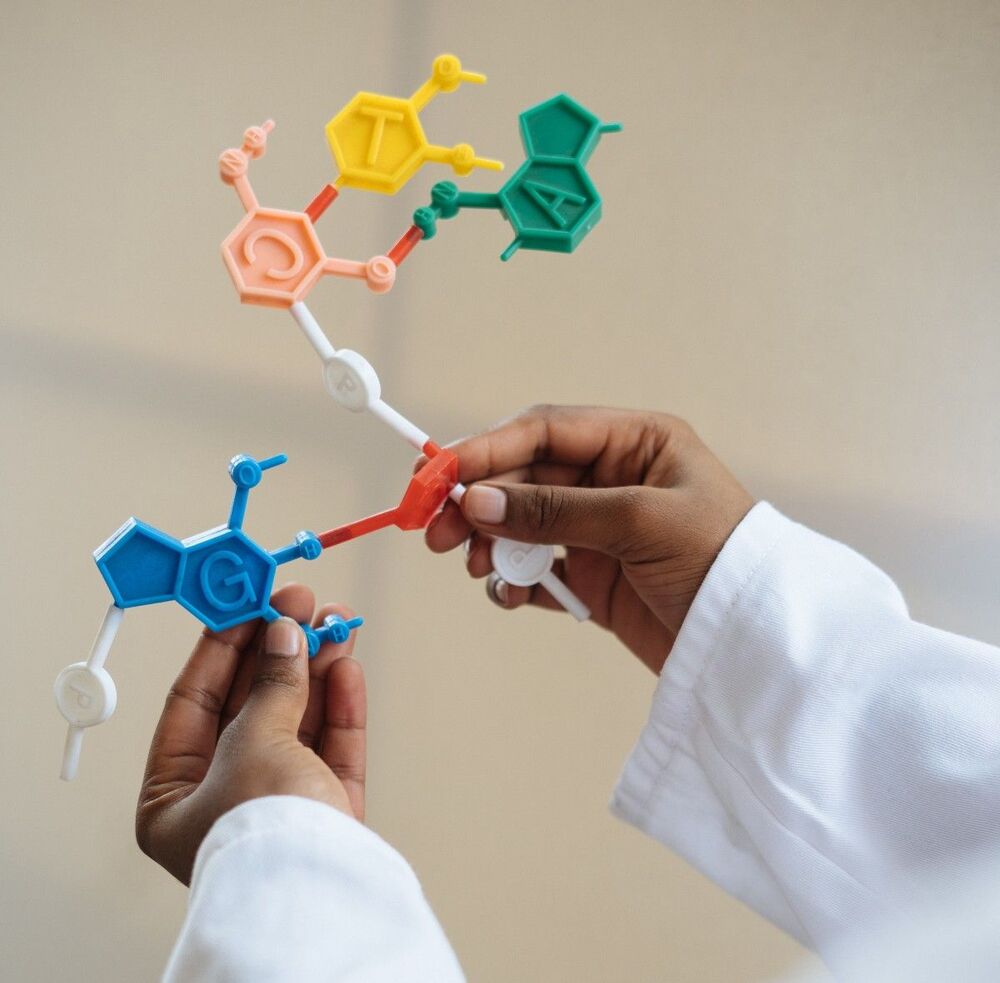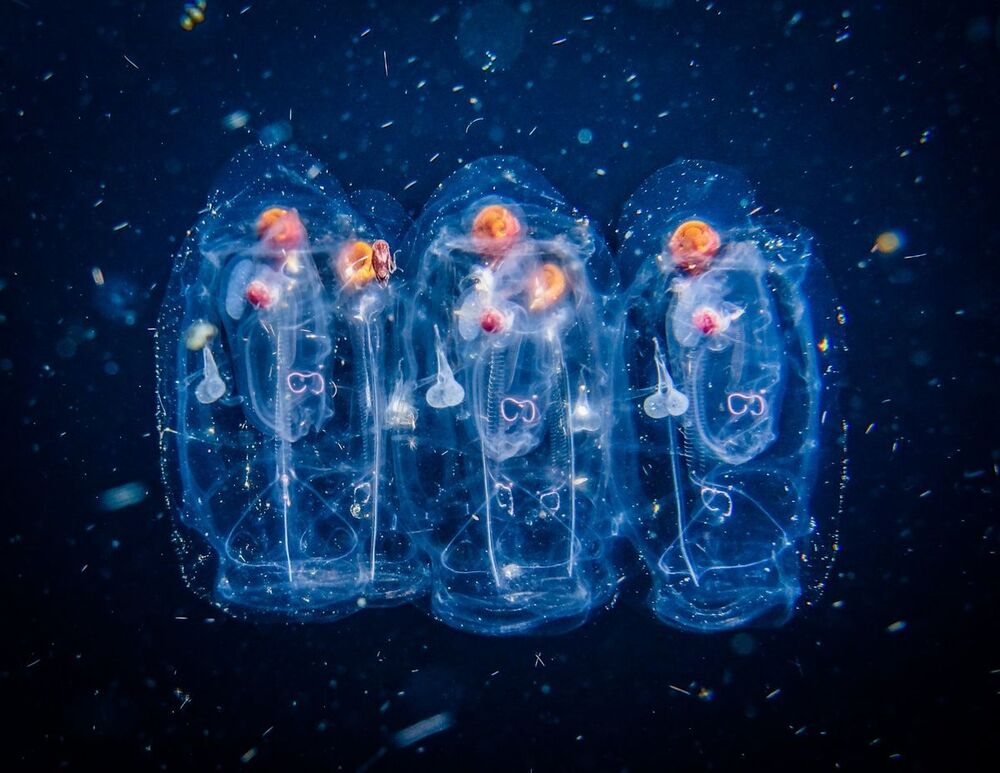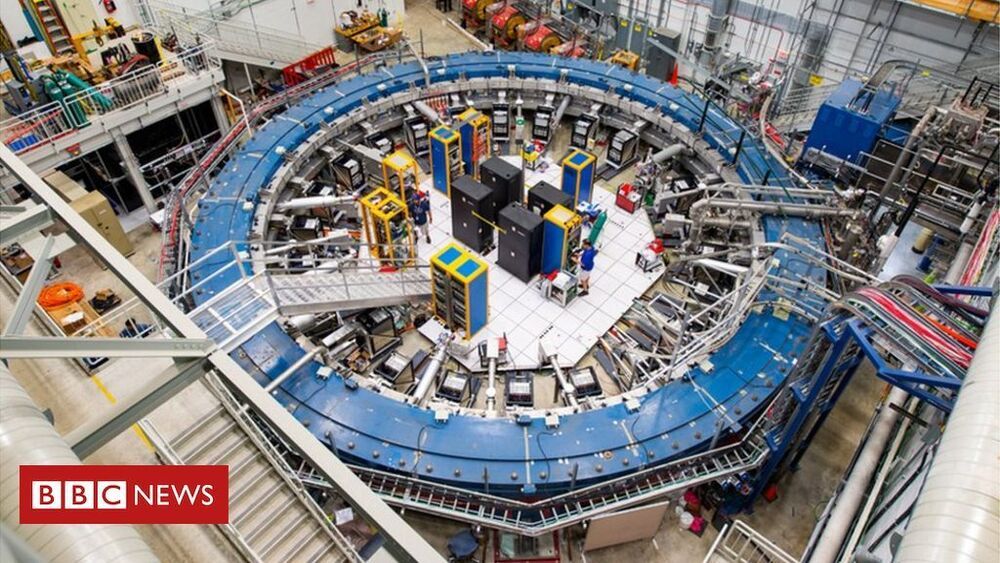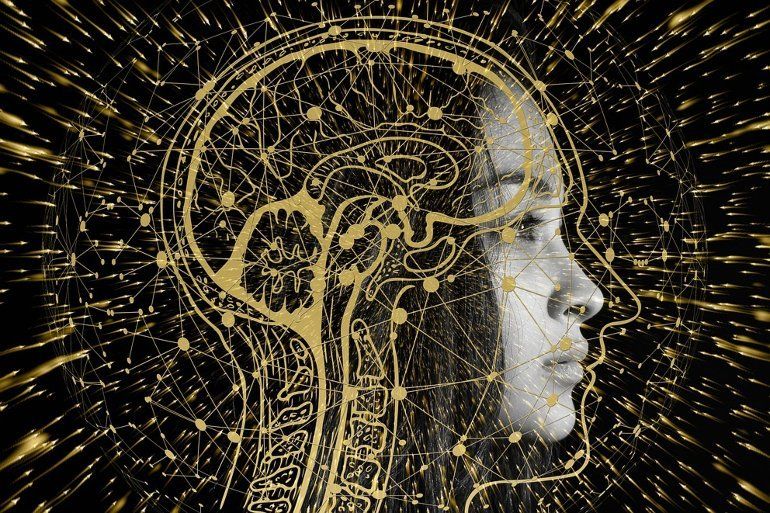In a new study, researchers from Australia and Canada have identified a ‘sweet spot’, using holes, where the qubit is least sensitive to noise.




Sea salps — gelantinous, marine organisms that look like jellyfish — have clogged water systems used to cool nuclear reactors in South Korea, forcing two units offline.
It’s the second time in less than three weeks Korea Hydro & Nuclear Power Co. shut the Hanul No. 1 and No. 2 units, after salps clogged water intake valves. The reactors, which each have a capacity of 950-megawatts, resumed operation last week before shutting again Tuesday.


Summary: Combining artificial intelligence technology with brain scan data, researchers have identified three novel subtypes of multiple sclerosis.
Source: UCL
Scientists at UCL have used artificial intelligence (AI) to identify three new multiple sclerosis (MS) subtypes. Researchers say the groundbreaking findings will help identify those people more likely to have disease progression and help target treatments more effectively.

Delaying, Detecting, Preventing and Treating Aging And Associated Diseases — Dr. Brian Kennedy, Ph.D., National University of Singapore.
Dr. Brian Kennedy is Distinguished Professor, Department of Biochemistry and Physiology, Yong Loo Lin School of Medicine, National University of Singapore (NUS), Director of National University Health System (NUHS) Centre for Healthy Ageing, Singapore, Professor, Buck Institute for Research on Ageing, Adjunct Professor, Leonard Davis School of Gerontology, USC, and Affiliate Faculty, Department of Biochemistry, University of Washington.
With a Ph.D. in Biology from Massachusetts Institute of Technology (MIT), research in the Kennedy lab is directed at understanding the biology of ageing and translating research discoveries into new ways of delaying, detecting, preventing and treating human ageing and associated diseases.
Current research projects in Dr. Kennedy’s lab include systems biology strategies to understand ageing and murine longevity studies and disease models.
Dr. Kennedy has published over 80 manuscripts in prestigious journals including Cell, Nature, Science, Genes & Development, and PNAS and serves as a Co-Editor-In-Chief at Aging Cell.
You hear so much about the wonders of coffee, that I decided it was time to even the score.
Tea Is Fantastic.
I for one, am a massive fan of the humble cuppa, but now there seems to be method to my madness after all.
Whatever the type, it seems there are benefits galore.
So what are you waiting for…?
Put the kettle on!!
And if you want to find out more about how important sleep really is, why not check out this video next…
Elon Musk has given us his findings to why the SpaceX Starship SN 11 exploded above the landing pad.
I explore fixes from a system safety standpoint. See what I recommend.
You can support Galactic Gregs by supporting the sister channel Green Gregs by clicking the links below:
See the Special Deals at My Patriot Supply (great space mission food): www.PrepWithGreg.com.
For gardening in your space habitat (or on Earth) Galactic Gregs has teamed up with True Leaf Market to bring you a great selection of seed for your planting. Check it out: http://www.pntrac.com/t/TUJGRklGSkJGTU1IS0hCRkpIRk1K

In a recent study led by the University of Bristol, scientists have shown how to simultaneously harness multiple forms of regulation in living cells to strictly control gene expression and open new avenues for improved biotechnologies.
Engineered microbes are increasingly being used to enable the sustainable and clean production of chemicals, medicines and much more. To make this possible, bioengineers must control when specific sets of genes are turned on and off to allow for careful regulation of the biochemical processes involved.
Their findings are reported in the journal Nature Communications.